There’s nothing like living life on the road, relaxing at different campgrounds, and exploring different places with the people you love most. While you may only want to plan the fun parts of a big adventure, such as your family-friendly national park itinerary or dinners dates to have in your RV, you should also be planning for safety. When you’re constantly moving from one unknown place to another, there is more risk than if you were to be at home or in one location. To help you with safety and emergency preparedness on your trip, here are our top safety tips for traveling in your RV.

Do a Pre-Trip RV Safety Check
Before you hit the road, take the time to do a safety check to make sure everything in your RV is working properly. You should be doing a check of the outside, such as looking at the tire pressure, fluid levels, brakes, and that all storage spaces are secure. You also should check the inside for item security, weight distribution, and that your lights are working. If you perform regular RV maintenance checks, then you shouldn’t find too many issues during this process. Although the sound of doing a safety check isn’t fun, especially after packing all day, it’ll give you peace of mind once you hit the road and doesn’t take too long!
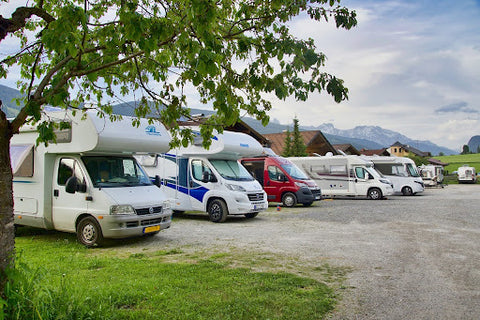
Always Be Aware of Your Surroundings
While camping or stopping for food and gas, you’ll likely be entering unknown places. To make sure you’re fully prepared, it’s worth taking the time to research the towns and surrounding areas that you plan on visiting. When you’re familiar with these areas, you become less of a target and therefore decrease your risk of RV break ins and other issues. Before exiting your RV, such as at campsites or gas stations late at night, check your surroundings to make sure there is nothing or no one that seems alarming. If you feel unsafe for any reason, then it’s worth leaving and finding another spot to stop.
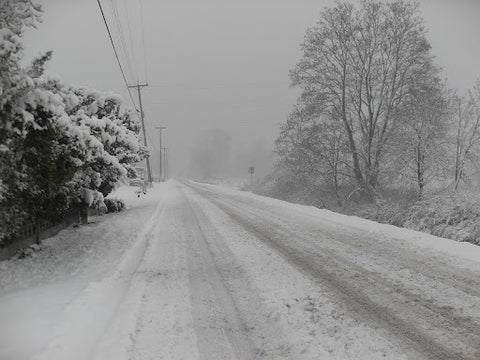
Check the Weather and Road Conditions
Before driving from one destination to another, check the weather and road conditions for the day ahead. If there is a hurricane warning or a snowstorm in the forecast, for example, it’s worth staying put and booking an extra night at your current location. Or, if these storms are predicted for later in the day, you can get up early and hit the road before it begins. Although such occurrences may disrupt your itinerary, your safety should always come first.

Tell Someone You Trust of Your Travel Plans
Oftentimes when you’re roadtripping, you’ll lose service—sometimes for days at a time. That is why you should give your itinerary to someone you trust back home. While on the trip, be sure to update them of any delays or changes in your travel plans. This way, if anyone is concerned about you while you’re away, they’ll have an idea of where you are located and can get help to you faster in an emergency situation. If you are more of a free spirit and don’t have a full itinerary planned out, then you can just maintain communication with that person as much as possible while you travel.
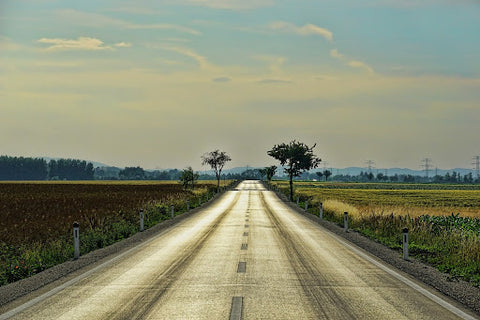
Follow the 3-3-3 Rule
Did you know that driving tired can be just as dangerous as drunk driving? That’s why following the 3-3-3 rule on your trip can increase your safety. Put simply, it means that RVers should drive a maximum of 300 miles per day, arrive at their destination by 3 p.m., and stay in the same spot for at least three days. This way, you aren’t burning yourself out from being on the road and you’ll also have some flexibility if you need to stay put in one location for longer due to weather or other reasons.
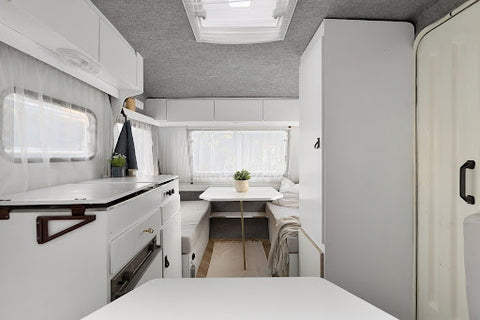
Keep Everything and Everyone Secure While Driving
Before putting your RV in drive, make sure that every cabinet and drawer is secure so nothing goes flying when your RV is on the move. You should also keep glass and other fragile items in the fridge in a secure drawer so your dinner doesn’t get ruined and no one gets hurt from broken glass. In addition, check to make sure all passengers are buckled in, especially if the weather is not ideal.
By following these simple tips, you can increase you and your loved one’s safety on the road significantly. It’s always worth having a safety plan and playing it safe whenever a potential emergency situation comes up. If you’re also wondering how to budget while spending on the road, we have an entire blog post on that as well.
See you on the road!


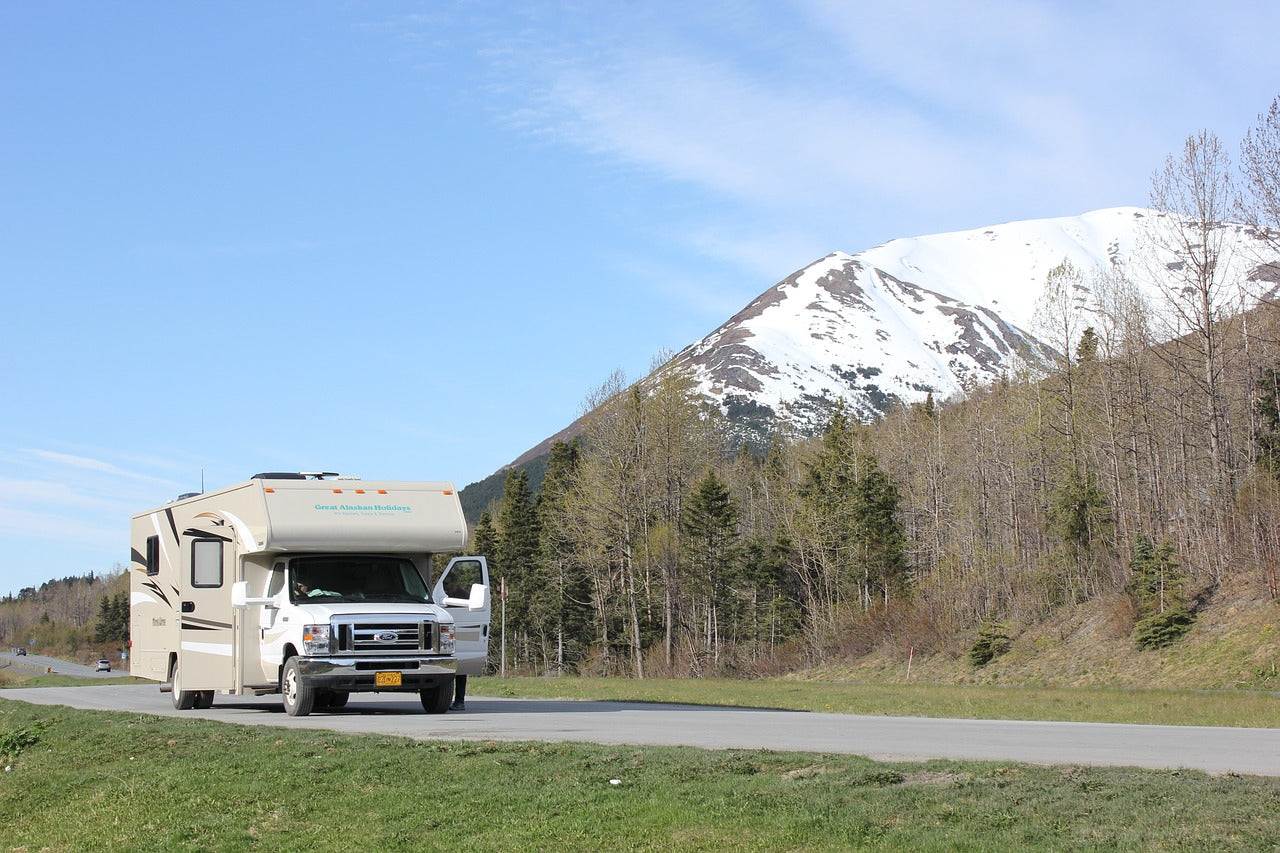
Share:
Essential Weather Apps for Travelers
WiFi on Wheels: Your Guide to RV WiFi